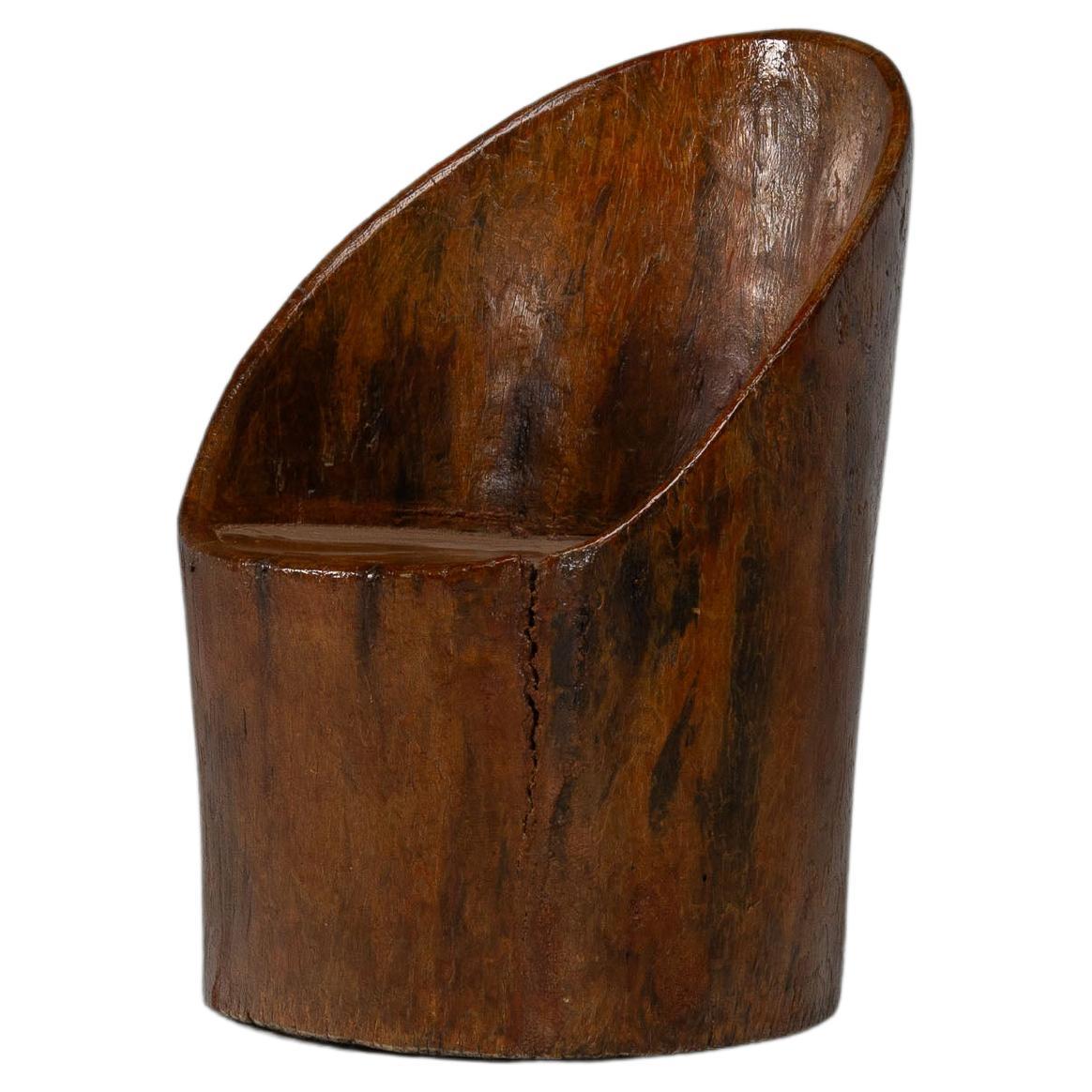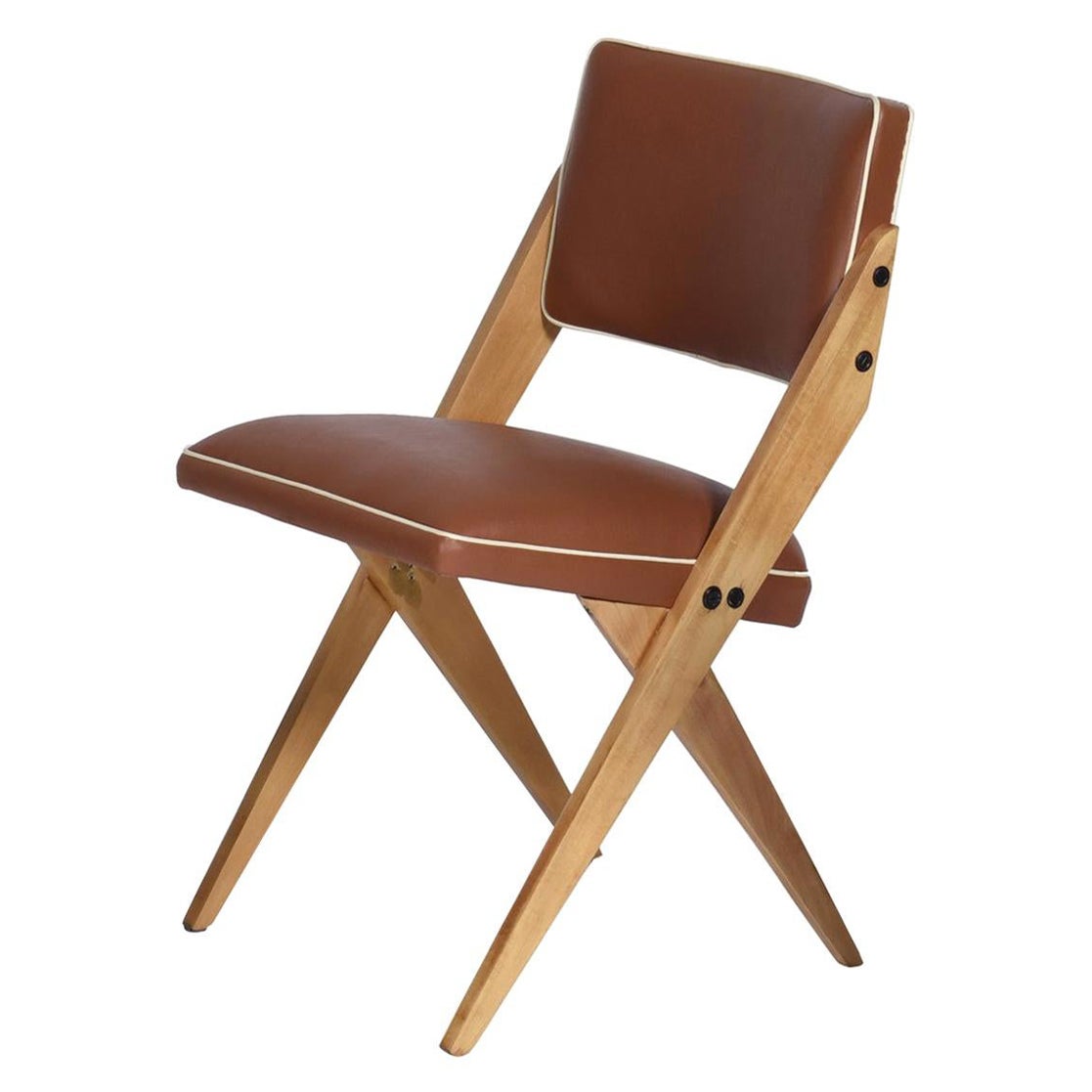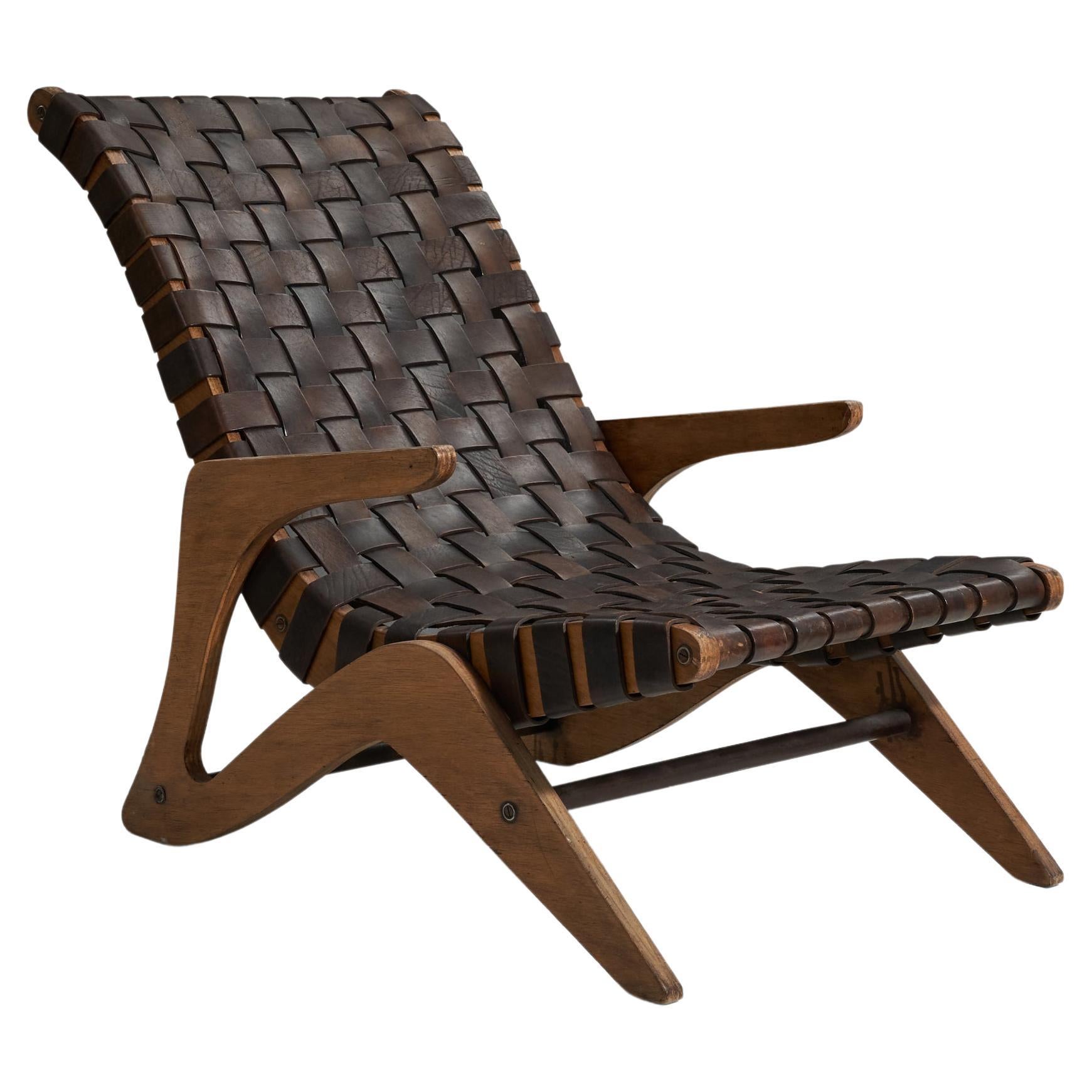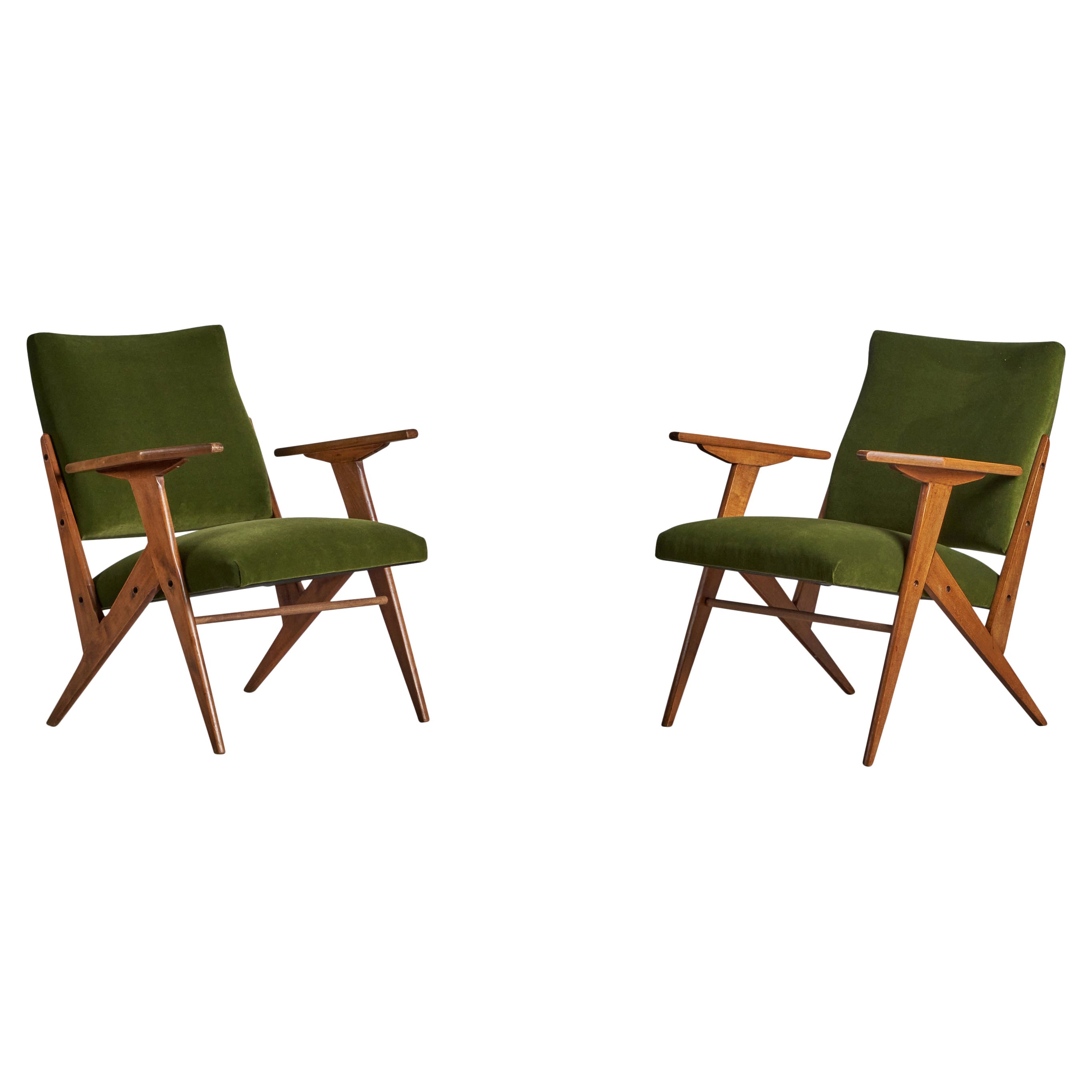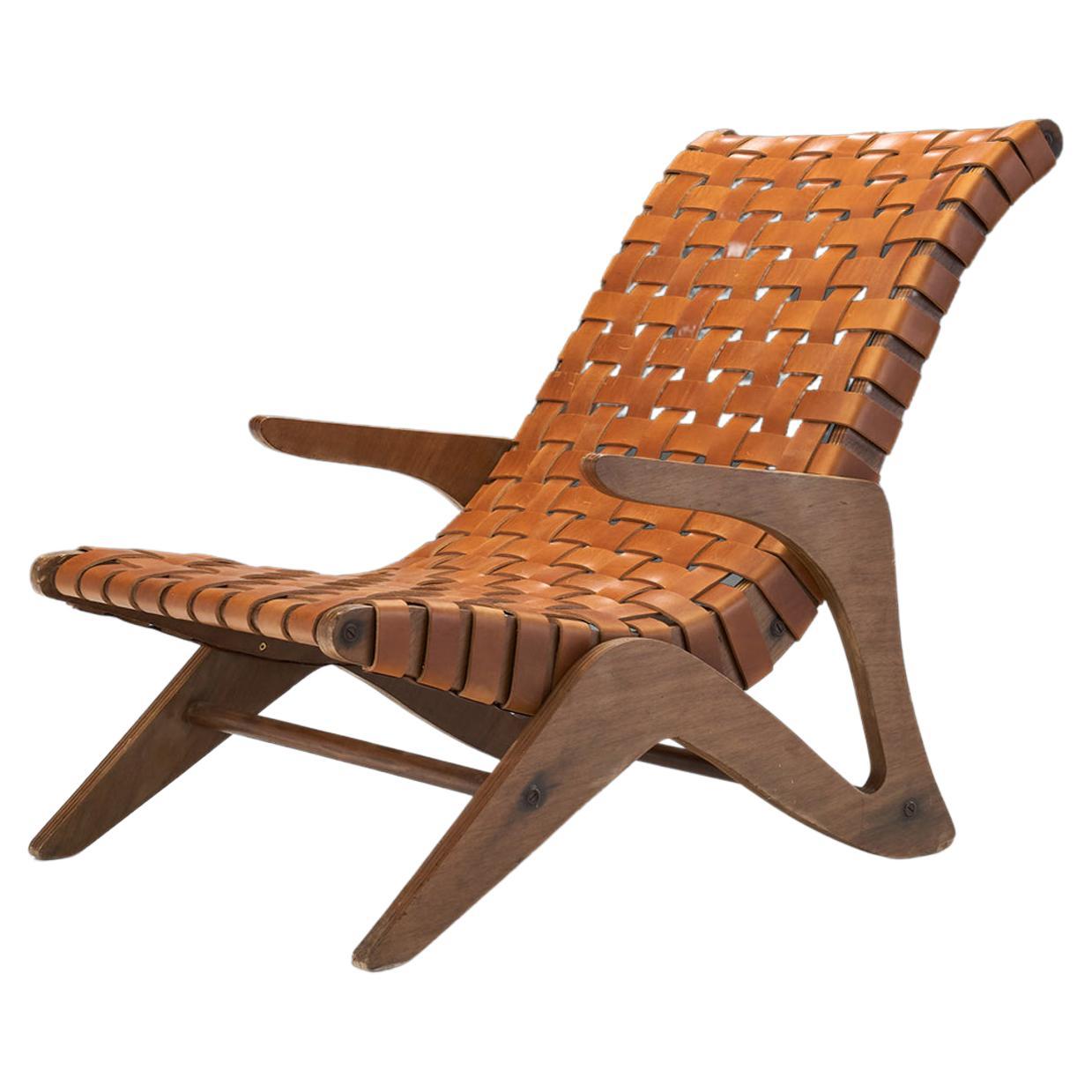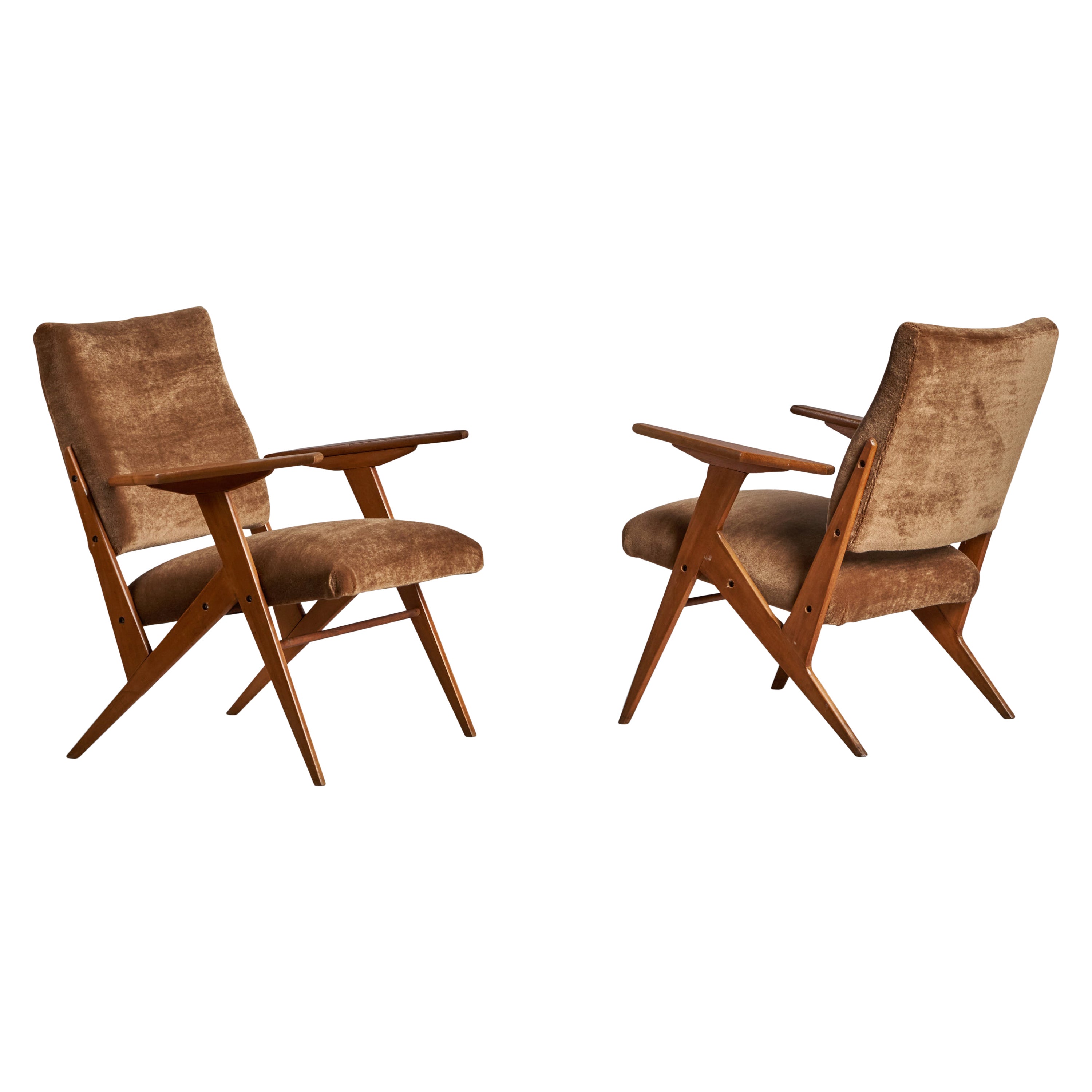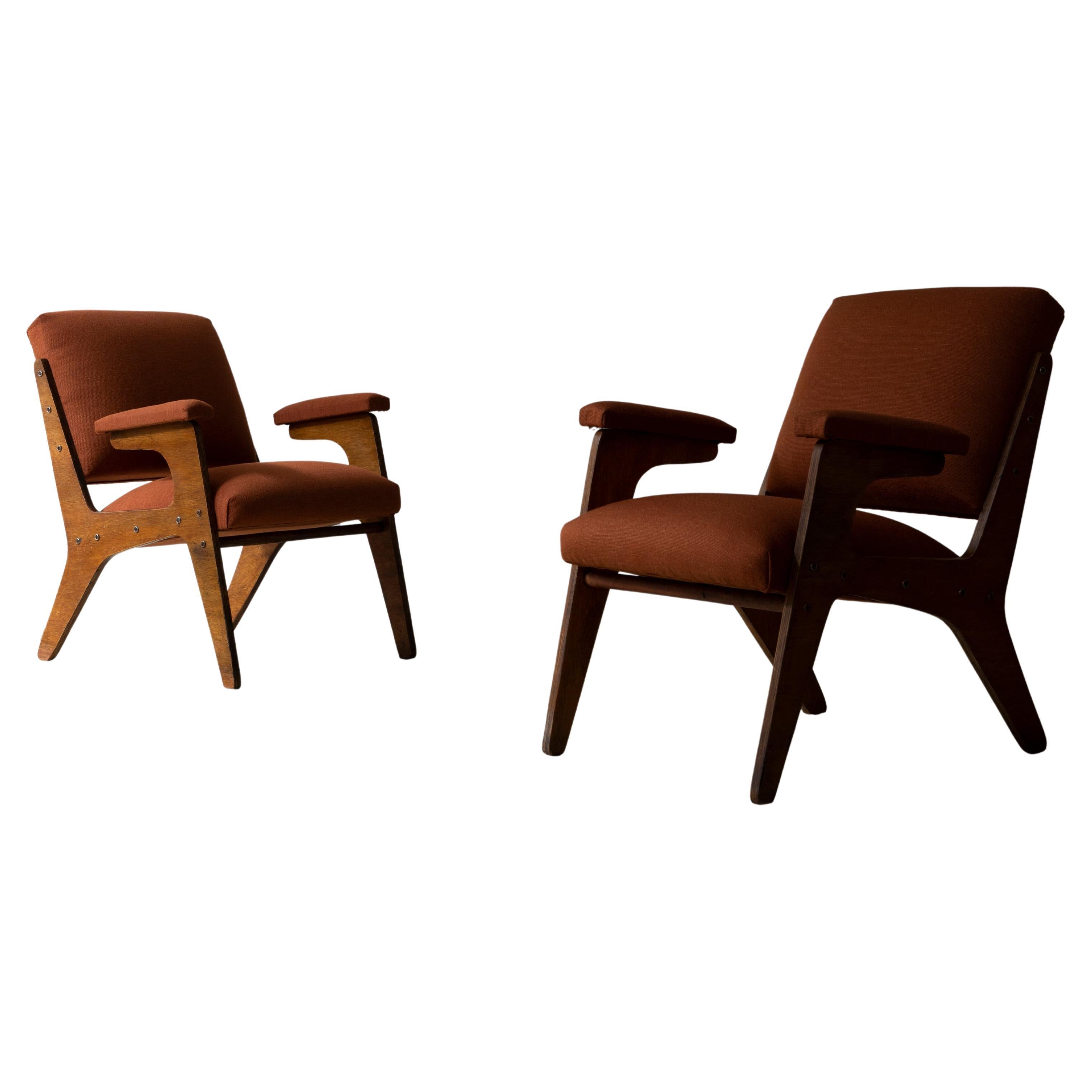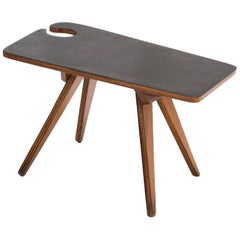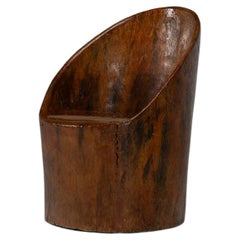
Jose Zanine de Caldas Four Grey Dining Chairs Brazilian Mid-Century ModernDesign
View Similar Items
Want more images or videos?
Request additional images or videos from the seller
1 of 8
Jose Zanine de Caldas Four Grey Dining Chairs Brazilian Mid-Century ModernDesign
About the Item
- Creator:José Zanine Caldas (Designer),Mòveis Artisticos Z (Manufacturer)
- Dimensions:Height: 29.14 in (74 cm)Width: 20.08 in (51 cm)Depth: 18.12 in (46 cm)
- Style:Mid-Century Modern (Of the Period)
- Materials and Techniques:
- Place of Origin:
- Period:
- Date of Manufacture:1951
- Condition:Reupholstered. Wear consistent with age and use.
- Seller Location:Barcelona, ES
- Reference Number:1stDibs: LU237439000051
About the Seller
5.0
Vetted Seller
These experienced sellers undergo a comprehensive evaluation by our team of in-house experts.
Established in 2015
1stDibs seller since 2016
92 sales on 1stDibs
Typical response time: 5 hours
More From This SellerView All
- Jose Zanine Caldas Mid-century modern Brazilian Side Table marine plywood 1950By José Zanine CaldasLocated in Barcelona, ESJose Zanine de Caldas (1919-2001). Side table. Manufactured by Mòveis Artísticos Z, Brazil, 1950. Marine plywood. Measuremenents: 70 cm x 46...Category
Mid-20th Century Brazilian Mid-Century Modern Side Tables
MaterialsPlywood
- Armchair by José Zanine CaldasBy José Zanine CaldasLocated in Barcelona, ESPair of armchairs, 1954 Lacquered wood, fabric upholstery 66 x 64 x 78h cm 26 x 25.19 x 30.7h inCategory
Vintage 1950s Brazilian Armchairs
MaterialsWood
- Jose Zanine Caldas Pair of Mid-century modern BrazilianArmchairs Model "H"By José Zanine CaldasLocated in Barcelona, ESJOSE ZANINE DE CALDAS (1919-2001). Pair of armchairs model “H.” Manufactured by Moveis Artísticos Z. Brazil, 1949. Marine plywood, fabric upholstery. Measuremenents 58 cm x 50 cm x 80 H cm. Literature: Habitat, nº9, Sao Paulo 1952. José Zanine Caldas (Belmonte, Bahia, 1918 - Vitória, Espírito Santo, 2001) was an architect and designer. Caldas stands out on the national architecture in Brazil for his exploration of the constructive qualities of Brazilian woods, defining his work with a warm rustic ambience, working on both high-end residential projects and also popular constructions. Never actually training as an architect, he starting working in the 1940s as a designer at Severo & Villares and as a member of the National Artistic Historical Heritage Service (Sphan). He opens a maquet studio in Rio de Janeiro, where he worked between 1941 and 1948, and, at the suggestion of Oswaldo Bratke (1907-1997), moved the studio to São Paulo, from 1949 to 1955. The studio served important modern architects of the two cities, and was responsible for most of the models presented in the book Modern Architecture in Brazil, 1956, by Henrique E. Mindlin (1911-1971).. During the 1940s, he also began developing and researching at the Institute of Technological Research of the University of São Paulo (IPT/USP), and was first introduced to plywood. In 1949, he founded the Fábrica Móveis Artísticos Z, with the objective of producing large-scale industrialized furniture, good quaility and afforable, the furniture was to be materialized using plywood sheets. This method minimized material waste and the need for artisan skills, as the parts were mechanically produced and the use of labor was only needed for the assembling of the furniture. His time at Móveis Artísticos Z, in 1953 was rather short lived and left the company in 1953 and instead worked on landscape projects until 1958 in São Paulo, when he moved to Brasília, where he built his first house, also in 1958, and coordinated the construction of others until 1964. Appointed by Rocha Miranda to Darcy Ribeiro (1922-1997), he joined the University of Brasília (UnB) in 1962 and taught modeling classes until 1964, when he lost his position due to the military coup. He set off and travelled through Latin America and Africa, an experience that had a remarkable effect on his work. On return to Brazil he built his second house, the first of a series of projects in the Joatinga region of Rio de Janeiro. In 1968, he moved to Nova Viçosa, Bahia, and opened a workshop, which ran up until 1980. His experience in the Bahian city was shaped by his renewed love and contact with nature, and he began working closely with environmentalists. In one of these collaborations, he participated in the project of an environmental reserve with the artist Frans Krajcberg (1921-2017) for whom he also designed a studio in 1971. The furniture he designed during this period, is reflective of his ecological sensitivity, his works were constructed with crude logs of wood, whose twisted lines inspire his drawings. It is also in Nova Viçosa that the architect builds the Casa dos Triângulos (1970) and casa da Beira do Rio (1970), in which he adopted a very artisanal construction system with typical woods of the region. According to the historian and architecture critic Roberto Conduru, Caldas' performance was relevant for the diffusion of environmental values in architectural projects: a "taste for the alternative and the rustic was disseminated throughout the Brazilian territory [...], encouraged by environmental preservation campaigns, by the wear and tear of the current models in reinforced concrete and by the re-emergence of the regionalist ideal in the international panorama"1. Between 1970 and 1978, he kept an office in Rio de Janeiro, where he returned in 1982. In 1975, the filmmaker Antonio Carlos da Fontoura made the film Arquitetura de Morar, about the houses of Joatinga, with a soundtrack by Tom Jobim (1927-1993), for whom Caldas designed a house. Two years later, the architect's work was exhibited at the Museum of Modern Art of Rio de Janeiro (MAM/RJ), at the São Paulo Museum of Art Assis Chateaubriand (Masp) in Belo Horizonte, and the following year at Solar do Unhão, in Salvador. Between 1980 and 1982 The Helium House Olga Jr was designed and built in São Paulo. Caldas outlined the plans for the construction sourcing the all the wood, the actual assembly of the house was carried out by the owner. The house, is defined by wooden structure that stands out from the fence walls, the clay tile roof of wide eaves and the demolition materials that give the building the feeling of rusticity, warmth and nostalgia. The house was similar to those built in the 1970s for Eurico Ficher and Pedro Valente, in Joatinga. In 1983, Calders founded the Center for the Development of Applications of The Woods of Brazil (DAM), and gave it to UnB in 1985. During this period, he proposed the creation of the Escola do Fazer, a teaching center focused on the use of wood for the construction of houses, furniture and utilitarian objects for the low-income population. Despite the fact that much of Calders early work was centered around building houses for the elite, in the 1980s the designer dedicates himself the DAM where he rigorously researches popular housing based on artisan construction processes and whereby the users participate in the construction process. At the Brasília unit, he developed prototypes of popular houses with eucalyptus logs as a structure and sealing in soil-cement, betting on an ideal of self-construction already tested at Casa do Nilo, in São Gonçalo, Rio de Janeiro. From that moment on, as occurred with his the furniture designs, Caldas adopts the use of crude wood logs rolled...Category
Mid-20th Century Brazilian Mid-Century Modern Armchairs
MaterialsPlywood, Velvet
- Gio Ponti Set of four Mid-century Blue Italian Dining Chairs Model "Leggera"By Gio Ponti, CassinaLocated in Barcelona, ESGio Ponti (1891-1979) Set of four dining chairs, model "leggera" Manufactured by Cassina Italy, 1951 Measurements 82.55 cm x 44.45cm x 45.72 cm. 32.55 in x 17.5 in x 18 in. Litera...Category
Mid-20th Century Italian Mid-Century Modern Chairs
MaterialsUpholstery, Wood
- Martin Eisler & Carlo Hauner Brazilian Design Pink Silk Wood Dining Chairs, 1950By Forma Brazil, Carlo Hauner and Martin EislerLocated in Barcelona, ESMartin Eisler (1913-1977) & Carlo Hauner (1927-1997) Dining chairs 2 available. Manufactured by Forma Moveis, Brazil, 1950 Wood, cane and silk upholstery Measurements 40 cm x 50 c...Category
Early 20th Century Brazilian Mid-Century Modern Chairs
MaterialsSilk, Cane, Wood
- Donghoon Shon Contemporary Dining Chair from the BSP Series Green Grey, 2021By Donghoon SohnLocated in Barcelona, ESDonghoon Shon Dining chair From "BSP" series Manufactured by Donghoon Shon Produced for Side Gallery Seoul (Korea), 2021 By product, solvent, plast...Category
21st Century and Contemporary Korean Chairs
MaterialsPlastic
You May Also Like
- José Zanine Caldas Pilao chair Brazil 1978By José Zanine CaldasLocated in Roosendaal, Noord BrabantVery rare and early version of the famous Pilao chair designed by Jose Zanine Caldas, made in his own workshop in Nova Vicosa, Brazil 1978. Compared to other Pilao chairs, this one i...Category
Vintage 1970s Brazilian Mid-Century Modern Chairs
MaterialsHardwood
- José Zanine Caldas - MÓVEIS ARTÍSTICOS Z Chair, Brazil, 1960sBy José Zanine CaldasLocated in Immenstaad am Bodensee, DEThis beautiful and very rare chair is attributed to José Zanine Caldas and his company Móveis Artisticos Z. Structure in solid noble wood, totally original, only cleaned and refinish...Category
Vintage 1960s Brazilian Mid-Century Modern Chairs
MaterialsUpholstery, Hardwood
$1,979 Sale Price30% Off - Zanine Caldas Midcentury Brazilian "Zanine 1-12" chair in Ivory Wood, 1949By Mòveis Artisticos Z, José Zanine CaldasLocated in Sao Paulo, SPZanine Caldas midcentury Brazilian "Zanine 1-12" chair in ivory wood, 1949 Exposing the most famous design of Zanine Caldas, this model of chair is all built in ivory wood and the...Category
Mid-20th Century Brazilian Mid-Century Modern Chairs
MaterialsWood
- 'Tesoura' Chair by José Zanine Caldas in Cream BoucléBy José Zanine Caldas, Mòveis Artisticos ZLocated in Los Angeles, CAJosé Zanine Caldas (1919-2001) was a self-taught artist, designer and architect from Brazil. For over 10 years he ran a workshop specializing in architectural scale models, where he ...Category
Vintage 1950s Brazilian Chairs
MaterialsBouclé, Plywood
- José Zanine Caldas Hand-Sculpted Chair in Brazilian HardwoodBy José Zanine CaldasLocated in Waalwijk, NLJosé Zanine Caldas, hand-sculpted chair, Brazilian hardwood (Vinhático), Brazil, 1980s This exceptional hand carved chair embodies everything that José Zanine Caldas stood for: love...Category
Vintage 1980s Brazilian Mid-Century Modern Chairs
MaterialsHardwood
- José Zanine Caldas, Lounge Chair, Imbuia Plywood, Leather, Brazil, 1950sBy Mòveis Artisticos Z, José Zanine CaldasLocated in High Point, NCA lounge chair designed by José Zanine Caldas for Mòveis Artísticos Z, Brazil, in 1949. It features Imbuia plywood, brass, and black-dyed leather webbing.Category
Vintage 1940s Brazilian Mid-Century Modern Lounge Chairs
MaterialsLeather, Imbuia
Recently Viewed
View AllMore Ways To Browse
Brazilian Midcentury Dining Chairs
Brazilian Mid Century Dining Chairs
Mid Century Dining Chairs Brazil Brazilian
Brazilian Midcentury Modern Dining Chairs
Grey Mid Century Dining Chairs
Set Of Four Chairs Plywood
Retro Z Chair
Mid Century Z Chairs
Midcentury Modern Z Chair
Mid Century Modern Z Chair
Caldas Zanine
Set Of Four Midcentury Plywood Chairs
Jose Caldas
Jose Zanine
Jose Zanine Caldas
Zanine De Zanine
Z Dining Chairs
Zanine De Caldas
